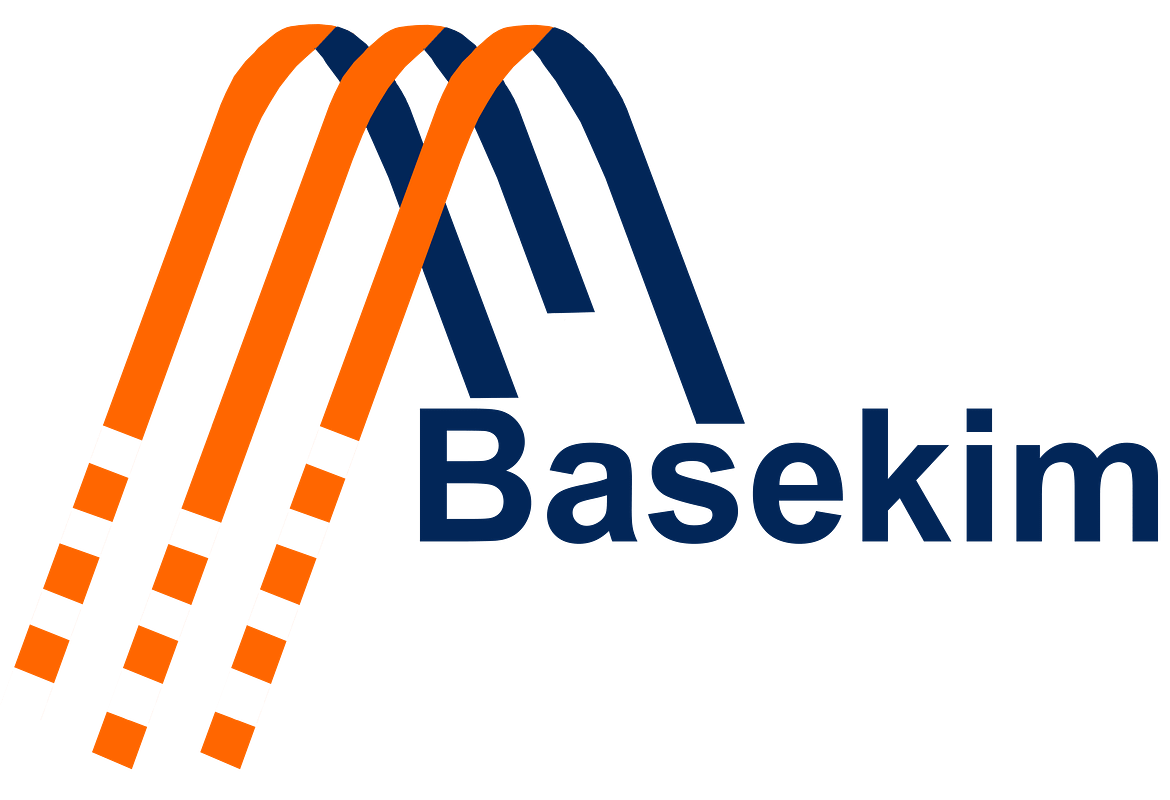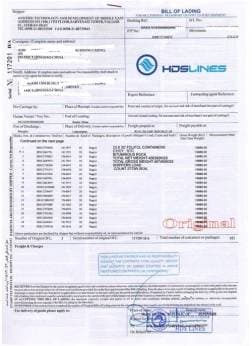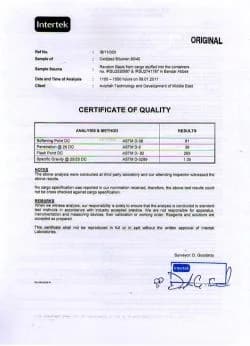Granular Urea 46% – Premium Nitrogen Fertilizer
Granular Urea 46% is one of the most widely used nitrogen fertilizers in the world. It contains the highest concentration of nitrogen among solid fertilizers, making it an essential product for modern agriculture. Unlike Prilled Urea, Granular Urea has larger, harder, and more uniform particles, typically ranging between 2–4 mm. This makes it more suitable for mechanized farming systems, precision spreading, and long-distance transportation.
Farmers, distributors, and industries prefer Granular Urea not only for its efficiency in supplying nitrogen but also for its stability during storage and application. Its slower dissolution rate compared to Prilled Urea ensures a steady release of nitrogen, improving crop uptake and reducing losses caused by leaching and volatilization.
How Granular Urea Is Produced
The production of Granular Urea involves several key stages:
Urea Melt Formation
Ammonia (NH₃) and carbon dioxide (CO₂) react under high pressure and temperature to form urea solution. This liquid melt is the base material for all urea products.Concentration
The melt is concentrated to achieve 96–99% purity, making it suitable for granulation.Granulation Process
The urea melt is sprayed inside a granulator drum or disc. With the help of rotation and controlled airflow, the droplets grow into uniform, spherical granules.Cooling and Drying
Fresh granules are cooled with conditioned air to remove excess moisture and increase hardness.Screening and Sizing
Granules are screened to ensure particle size distribution of 2–4 mm. Oversized and undersized particles are recycled back into the process.Optional Coating
Some producers apply an anti-caking or sulfur coating to improve resistance to moisture and extend storage life.
Key Characteristics of Granular Urea
High Nitrogen Content (46%) – the most concentrated solid nitrogen source.
Uniform Particle Size (2–4 mm) – ensures precise spreading with modern applicators.
High Mechanical Strength – granules resist breaking during handling and transport.
Controlled Solubility – dissolves more slowly than prilled urea, allowing gradual nutrient release.
Optional Surface Coating – reduces moisture absorption and prevents caking.
Applications
Agriculture
Field crops such as wheat, maize, rice, barley, and sugarcane.
Horticulture and vegetable farming.
Orchards and plantations.
Granular Urea is particularly effective in areas with high rainfall, as its slower dissolution reduces nitrogen losses.
Mechanized Farming
Designed for use with modern fertilizer spreaders. Its uniform granule size guarantees even distribution across large fields.Industrial Uses
In addition to agriculture, urea serves as a raw material in chemical industries, including resins, adhesives, plastics, and pharmaceuticals.
Advantages of Granular Urea Over Prilled Urea
Better handling and transportation due to stronger granules.
Reduced dust formation, ensuring cleaner application.
Higher efficiency in mechanized farming with modern spreaders.
Improved storage stability in hot and humid climates.
Lower risk of nitrogen loss compared to faster-dissolving prilled urea.
Factors Affecting Quality
The performance of Granular Urea depends on several quality parameters:
Nitrogen Content: Must be 46% minimum for maximum efficiency.
Biuret Content: Should remain below 1% to avoid toxicity in sensitive crops.
Moisture Level: Must not exceed 0.5% to prevent caking and clumping.
Granule Hardness: Stronger granules minimize breakage during storage and shipping.
Particle Size Distribution: 90% of granules should fall within the 2–4 mm range.
Coating: Surface coating enhances resistance to humidity and prolongs shelf life.
Packaging and Storage
Granular Urea is commonly packed in 50 kg polyethylene bags or jumbo bags (1,000 kg) depending on customer requirements. Bags must be stored in a dry, ventilated warehouse away from direct sunlight. Proper stacking and protection from moisture are crucial to maintain quality and prevent caking.
Conclusion
Granular Urea 46% is the most reliable nitrogen fertilizer for modern farming. With its high nitrogen concentration, robust physical properties, and adaptability to mechanized application, it supports higher crop yields and efficient fertilizer management. Whether for agriculture or industrial use, Granular Urea remains a cost-effective and versatile product trusted worldwide.
Table of Contents
Technical Specifications
| Property | Specification |
|---|---|
| Nitrogen Content (N) | 46% min |
| Biuret Content | Max 1.0% |
| Moisture (H₂O) | Max 0.5% |
| Particle Size | 2–4 mm (90% min) |
| Bulk Density | 720–770 kg/m³ |
| Crushing Strength | Min 3.0 kg per granule |
| Coating | Optional (anti-caking/sulfur) |
| HS Code | 31021000 |
| Packaging | 50 kg bags / Jumbo bags (1,000 kg) |


